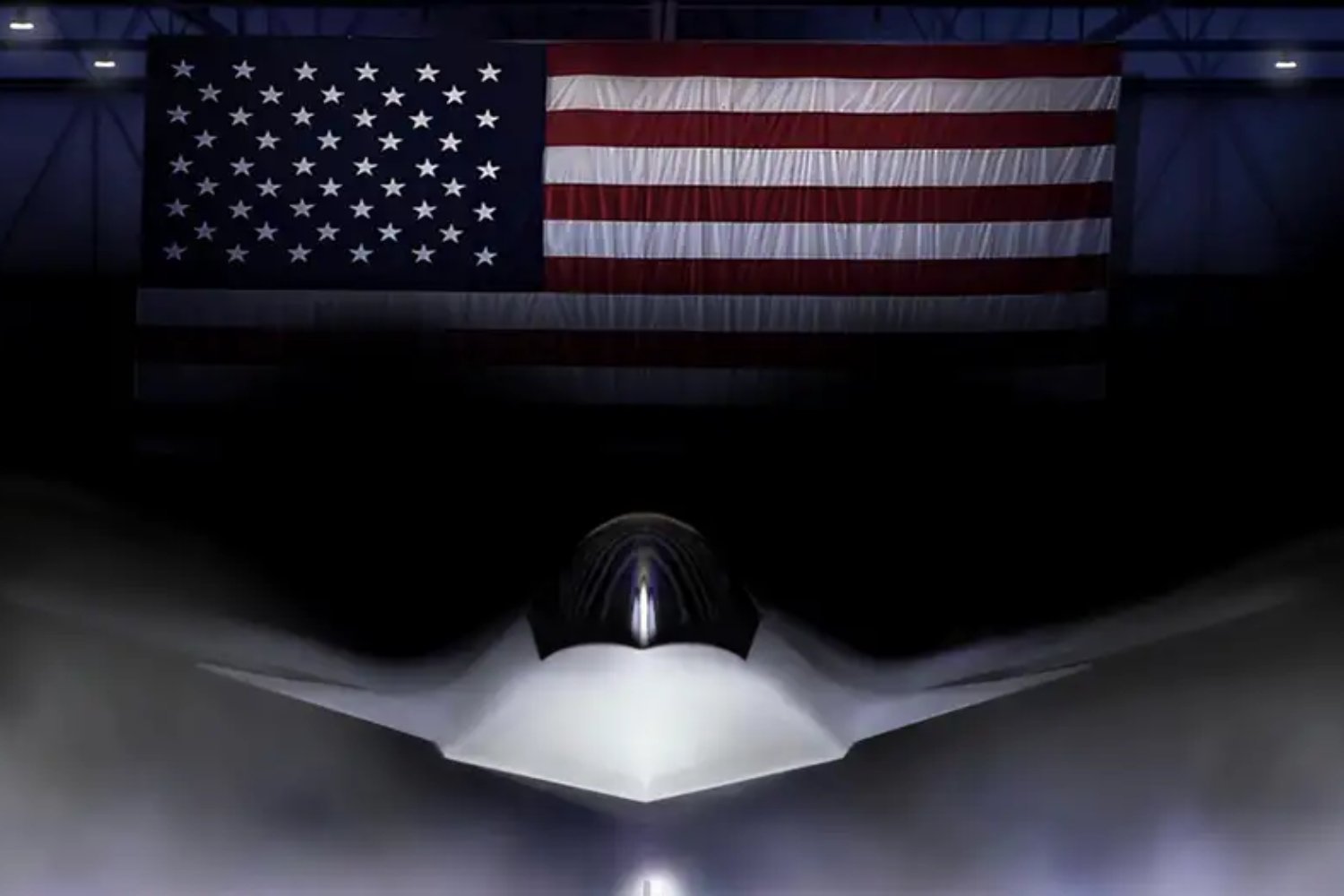Can China Close the Aerial Technology Gap with the United States? Analyzing the F-47 and J-36

The technological rivalry between the United States and China has reached new heights with the unveiling of the F-47 fighter jet, a sixth-generation model that promises to revolutionize aerial combat. In response, . Is it truly a threat to U.S. dominance? Join us as we break down the key differences between both models and analyze if China has a chance to catch up to the U.S. in aerial supremacy.
The F-47: Is it the military aviation gem of the United States?

. Former President Donald Trump confirmed on March 21, 2025, that Boeing has won the contract to develop this sixth-generation fighter, beating out Lockheed Martin in a multi-billion dollar bidding process. This aircraft is the result of years of development under the Next Generation Air Dominance (NGAD) program, offering unprecedented capabilities in terms of stealth, range, and sustainability.
While many details remain classified, variable cycle engines, and autonomous drone capabilities. These features, according to General David Allvin from the , place it far above previous models like the F-22 Raptor.
Meanwhile, has swiftly attempted to respond to the U.S. announcement by showcasing its experimental J-36 fighter over Chengdu just four days later. However, can this prototype truly compete with the F-47?
J-36: A symbolic attempt or a real threat?

Since December 2024, China’s J-20 fighter jet has been making public appearances, featuring a tailless delta wing design. However, the quality of the captured flights is low, and experts like Bill Sweetman suggest that the model is more suited for regional bombing rather than air superiority.
The J-20 is powered by WS-10C engines and has an estimated range of 2,000 miles. Despite its stealthy design, the project is still in its early stages, with public tests revealing basic elements like visible landing gear and test probes. This indicates that it is far from being a fully operational fighter.
On the other hand, the United States continues to maintain its aerial advantage. The F-22 Raptor and F-35 aircraft have proven themselves in real missions, accumulating significant flight hours and showcasing the credibility of the U.S. aerospace industry.
Despite China’s efforts to catch up with its J-20 fighter jet, the U.S. remains ahead with its advanced fighters. The F-22 and F-35 have already been mass-produced in large quantities, demonstrating continuous upgrade capability, modular design, and durable stealth coatings that keep them at the forefront of aerial combat.
The technological gap between China and the U.S. is evident, with the evolving F-47 representing a new era in aerial combat that China has yet to achieve. This solidifies the U.S.’s global aerial supremacy.




